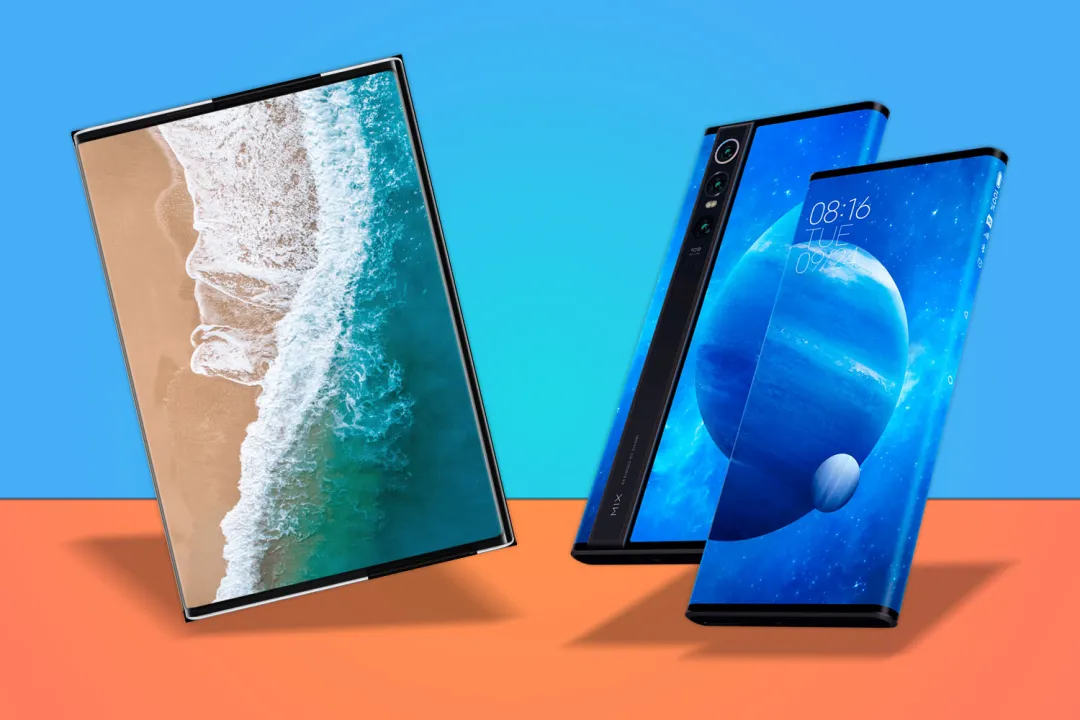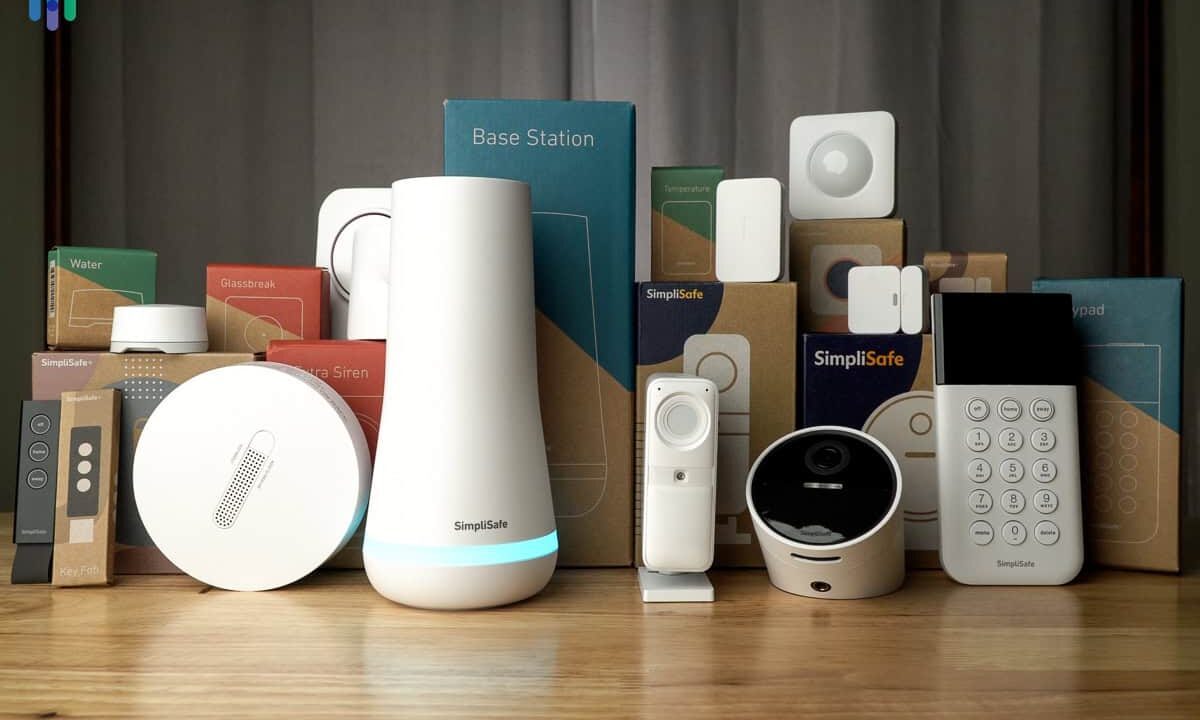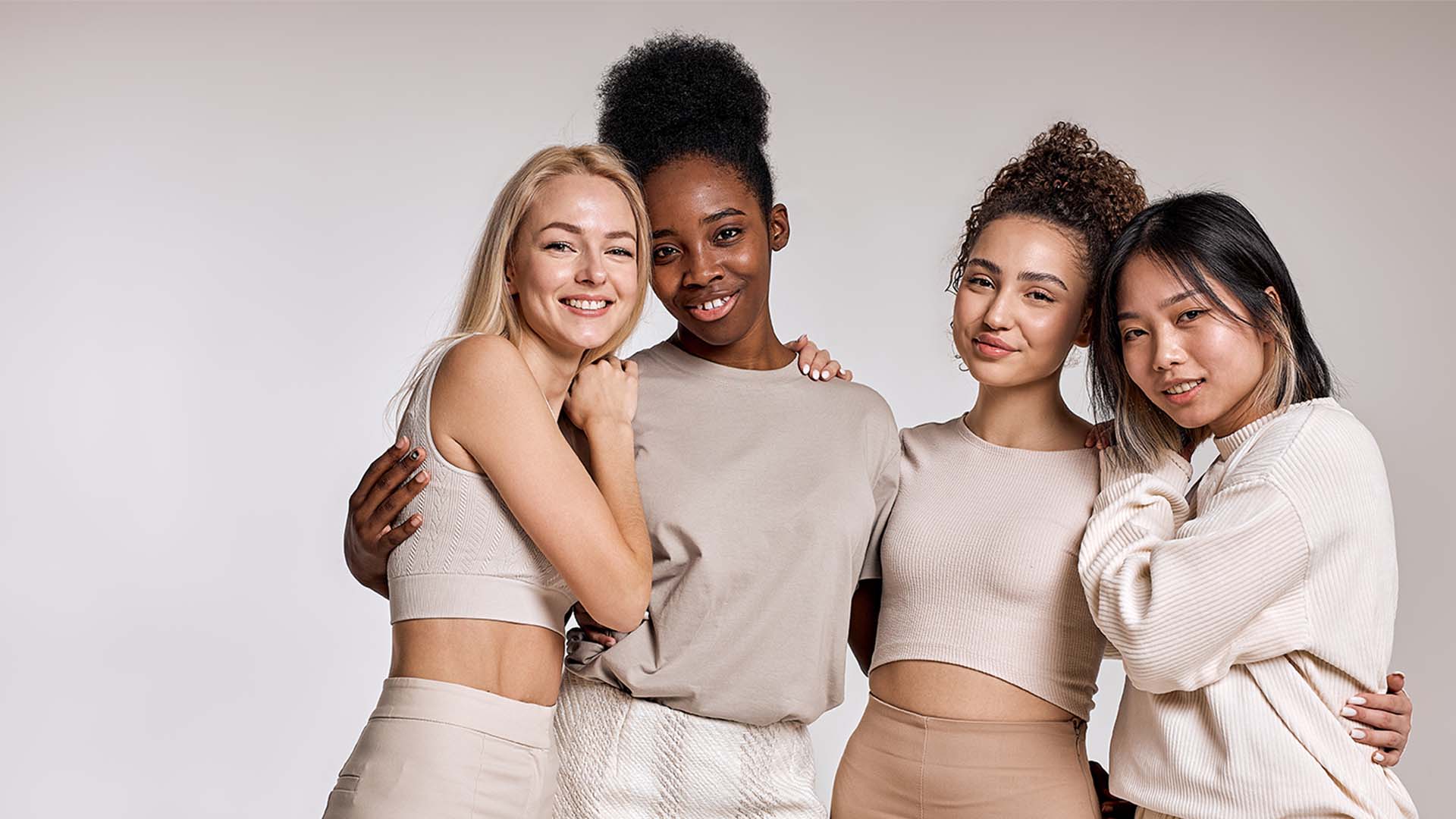The fashion industry is a vibrant tapestry, woven with threads of creativity, culture, and consumer demand. In 2025, one truth stands out: clothing manufacturing must embrace diverse fashion styles to stay relevant, competitive, and ethical. This isn’t just about chasing trends—it’s about meeting the evolving needs of a global audience that craves inclusivity, authenticity, and sustainability. Let’s explore why diversity in fashion styles is no longer optional but a cornerstone for success in the clothing manufacturing world.
The Shift Toward Inclusivity in Fashion
The days of one-size-fits-all fashion are long gone. Consumers now demand clothing that reflects their unique identities, body types, and cultural backgrounds. This shift is driven by a growing awareness of diversity and inclusivity, fueled by social media and a new generation of shoppers who value representation.
In 2025, brands that fail to offer diverse styles risk alienating a significant portion of their market. For instance, the push for size-inclusive clothing has gained momentum, with 70% of women in the US identifying as plus-size, yet only 19% of the fashion market caters to them. This gap highlights a clear opportunity for manufacturers to expand their offerings.
Why Diversity Matters in Clothing Manufacturing
Embracing diverse fashion styles isn’t just about ticking boxes—it’s about meeting consumer expectations and driving business growth. Here’s why it’s critical:
- Consumer Demand: Shoppers are increasingly vocal about wanting clothing that fits their body types, gender identities, and cultural preferences. Brands like Universal Standard, offering sizes 00 to 40, have set a benchmark for inclusivity.
- Market Expansion: Catering to underserved groups, like the “silver generation” (over-50 consumers), opens new revenue streams. This demographic is growing and spending more on fashion.
- Ethical Responsibility: Inclusive manufacturing practices align with ethical standards, ensuring fair representation and reducing harm to marginalized communities.
- Competitive Edge: Challenger brands that prioritize diversity are outpacing traditional players, especially in categories like sportswear.
The Business Case for Diverse Styles
Diversity isn’t just a feel-good initiative—it’s a smart business move. According to a Fashion United report, the gender-neutral fashion market is projected to reach $1.6 billion by 2025. Manufacturers who adapt to this trend can tap into a lucrative and growing segment.
Take my friend Sarah, who struggled to find gender-neutral clothing that didn’t feel like a compromise. When she discovered a brand offering customizable, non-binary designs, it was a game-changer. Her story isn’t unique—millions of consumers are searching for styles that resonate with their identities, and manufacturers who ignore this are leaving money on the table.
The Role of Technology in Enabling Diversity
Technology is revolutionizing clothing manufacturing, making it easier to produce diverse styles at scale. From AI-driven design tools to on-demand production, manufacturers have the tools to meet varied consumer needs without breaking the bank.
AI and Predictive Analytics
AI is a game-changer for predicting trends and optimizing production. Tools like CLO 3D streamline the design process, allowing manufacturers to create size-inclusive and culturally diverse designs with precision. For example, Tommy Hilfiger’s partnership with IBM uses AI to analyze consumer sentiment and tailor collections accordingly.
On-Demand Manufacturing
On-demand production reduces waste and allows for personalized styles. Imagine ordering a pair of jeans tailored to your exact measurements, delivered in days. Brands like Zara and Boohoo are embracing this model, cutting inventory costs and meeting consumer demand for unique designs.
Smart Textiles and Wearable Tech
Smart textiles are pushing the boundaries of what clothing can do. From temperature-regulating fabrics to garments with built-in fitness trackers, these innovations cater to diverse needs, like activewear for athletes or adaptive clothing for people with disabilities. Levi’s Commuter X jacket, with Google’s Jacquard technology, is a prime example of functional fashion.
Sustainability and Diversity: A Perfect Pair
Diversity and sustainability go hand in hand. Consumers are increasingly eco-conscious, favoring brands that prioritize ethical production and inclusive designs. In 2025, sustainable practices are a must for manufacturers looking to stay competitive.
Circular Fashion Models
Circular fashion—designing garments for reuse, recycling, or upcycling—is gaining traction. Brands like Patagonia encourage repair over replacement, extending the lifecycle of clothing and appealing to diverse, environmentally aware consumers.
Eco-Friendly Materials
Using sustainable fabrics like organic cotton or recycled polyester aligns with consumer values and supports diverse style offerings. For instance, Allbirds has built a loyal following by prioritizing eco-friendly materials in its size-inclusive footwear.
The Environmental Cost of Ignoring Diversity
Fast fashion’s one-size-fits-most approach contributes to environmental waste. The Ellen MacArthur Foundation notes that a garbage truck’s worth of clothes is discarded every second. By embracing diverse styles, manufacturers can shift toward on-demand production, reducing overstock and landfill waste.
Cultural Representation in Fashion
Fashion is a powerful medium for cultural expression. In 2025, consumers want clothing that reflects their heritage, from vibrant African prints to minimalist Scandinavian designs. Manufacturers must collaborate with designers from diverse backgrounds to create authentic, culturally resonant styles.
Case Study: Chromat’s Impact
Designer Becca McCharen-Tran’s brand, Chromat, has been a trailblazer since 2014, showcasing collections that celebrate racial, ethnic, and size diversity. By featuring models of all body types and backgrounds, Chromat has built a loyal following and inspired other brands to follow suit.
The Role of Social Media
Social media amplifies the call for cultural representation. Consumers use platforms like Instagram and TikTok to hold brands accountable for exclusionary practices. A viral post from @TomeofTomeKoko on X highlighted how plus-size representation often falls short, pushing brands to rethink their approach.
Challenges in Embracing Diverse Styles
While the benefits are clear, manufacturers face hurdles in adopting diverse fashion styles. Understanding these challenges is key to overcoming them.
Supply Chain Complexity
Diversifying styles requires reconfiguring supply chains. Nearshoring and reshoring, as noted by McKinsey, can reduce lead times and improve quality control, but they demand significant investment.
Cost Considerations
Producing varied styles can be costly, especially for small manufacturers. However, technologies like automation and AI can lower costs by streamlining production and reducing waste.
Talent and Skill Gaps
Creating high-quality, diverse clothing requires skilled workers. The industry’s talent deficit, exacerbated by low wages, makes it hard to attract top talent. Brands must invest in training and inclusive workplaces to bridge this gap.
Comparison: Traditional vs. Diverse Manufacturing
| Aspect | Traditional Manufacturing | Diverse Manufacturing |
|---|---|---|
| Style Range | Limited, standardized sizes | Inclusive sizes, gender-neutral, cultural designs |
| Production Model | Mass production | On-demand, custom manufacturing |
| Consumer Appeal | Broad but generic | Targeted, personalized |
| Environmental Impact | High waste, overproduction | Reduced waste, sustainable practices |
| Cost Efficiency | Lower initial costs | Higher initial costs, long-term savings |
Pros and Cons of Diverse Manufacturing
Pros:
- Meets consumer demand for inclusivity
- Expands market reach
- Aligns with sustainability goals
- Enhances brand reputation
Cons:
- Higher initial investment
- Complex supply chain management
- Requires skilled workforce
- Potential for slower production cycles
People Also Ask (PAA)
What is inclusive fashion?
Inclusive fashion prioritizes designs that cater to diverse body types, gender identities, and cultural backgrounds, ensuring everyone feels represented.
Where to get size-inclusive clothing?
Brands like Universal Standard and Good American offer extensive size ranges. Online platforms like ThredUp also provide affordable, diverse options.
What are the best tools for on-demand manufacturing?
Tools like CLO 3D for design, ShareCloth for 3D sampling, and AI platforms like Dressipi for personalization are leading the way in 2025.
How does diversity impact fashion sales?
Diverse styles tap into underserved markets, boosting sales. The gender-neutral fashion market alone is expected to hit $1.6 billion by 2025.
How Manufacturers Can Embrace Diversity
Ready to make the shift? Here are actionable steps for manufacturers to embrace diverse fashion styles:
- Invest in Technology: Adopt AI, 3D design tools, and automation to streamline production and reduce costs.
- Collaborate with Diverse Designers: Partner with creators from varied backgrounds to ensure authentic representation.
- Adopt Sustainable Practices: Use eco-friendly materials and circular fashion models to align with consumer values.
- Expand Size Ranges: Offer sizes from 00 to 40 and beyond to cater to all body types.
- Leverage Consumer Feedback: Use social media and analytics to understand what your audience wants.
A Personal Anecdote
Last year, I attended a fashion show featuring adaptive clothing for people with disabilities. Seeing models in wheelchairs rocking vibrant, functional designs was a reminder of how powerful inclusivity can be. It wasn’t just about clothes—it was about dignity and self-expression. Manufacturers who ignore these moments are missing out on a chance to make a real impact.
The Future of Diverse Fashion Manufacturing
The fashion industry in 2025 is at a crossroads. With economic uncertainty, geopolitical shifts, and evolving consumer values, manufacturers must adapt or risk falling behind. Embracing diverse styles isn’t just about meeting demand—it’s about building a future where fashion is accessible, sustainable, and reflective of the world we live in.
The Role of Nearshoring
Nearshoring is gaining traction as brands diversify their supply chains. By producing closer to target markets, manufacturers can reduce lead times and respond faster to trends. This approach also supports sustainability by cutting transportation emissions.
The Rise of Virtual Fashion
The metaverse offers a sustainable alternative to physical fashion, with digital garments producing zero waste. As consumers embrace virtual try-ons and AR experiences, manufacturers can explore new ways to create diverse, eco-friendly styles.
FAQ
Why is diversity important in fashion manufacturing?
Diversity ensures clothing reflects varied consumer needs, boosting sales and brand loyalty while promoting ethical practices.
How can manufacturers afford to produce diverse styles?
Technologies like AI and automation reduce costs, while on-demand production minimizes waste, making diversity financially viable.
What are some examples of inclusive fashion brands?
Brands like Chromat, Universal Standard, and Good American lead the way in size, gender, and cultural inclusivity.
How does sustainability tie into diverse fashion?
Sustainable practices, like circular fashion and eco-friendly materials, support diverse styles by reducing waste and appealing to conscious consumers.
Where can brands source sustainable materials?
Suppliers like Patagonia and Allbirds offer organic cotton and recycled polyester. Platforms like Makers Row connect brands with ethical manufacturers.
Conclusion
Clothing manufacturing must embrace diverse fashion styles to thrive in 2025. It’s not just about keeping up with trends—it’s about listening to consumers, leveraging technology, and building a more inclusive, sustainable future. Whether it’s offering size-inclusive designs, gender-neutral collections, or culturally authentic styles, the brands and manufacturers that prioritize diversity will lead the way. So, let’s stitch together a fashion industry that celebrates everyone—because in the end, style is about self-expression, not limitation.





